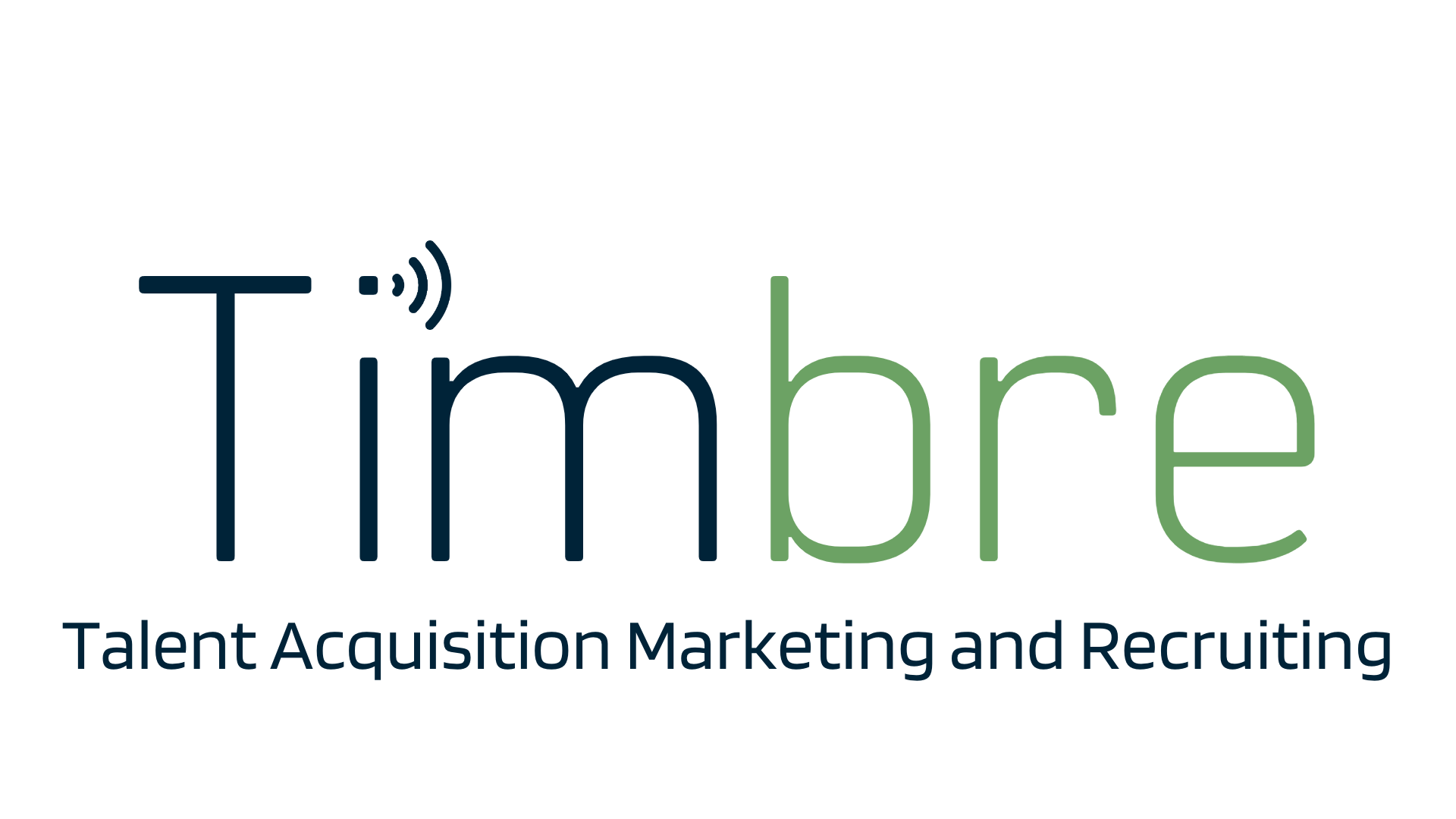As Gen Z comes of employment age, the conversation about their role in the workplace has gotten some serious buzz. And for good reason: this age group is projected to generate 61 million job-seekers. That’s great news for manufacturing companies looking to hire–but it also presents some significant challenges. Here’s the next number you should know: over 600,000. This is the number of manufacturing companies in the US, which is a lot of competition–and some of those companies have ten-figure budgets. So let’s get right to the big question: how do small- and medium-sized manufacturing companies recruit Gen Z workers for warehouse jobs?
Let’s start by taking an honest inventory of the pain points here. We’ve alluded to them already:
- Limited budget
- Big-name competitors
Trying to recruit when you’re up against companies spending $4,000 per open position is daunting. That being said, we know that speaking to Gen Z–a demographic immersed in the digital world–requires a recruitment strategy that incorporates digital tactics. Unfortunately, a 2017 digital IQ survey reports that only 52% of companies rated themselves as having “strong” digital IQs–down from 67% the previous year.
One solution to this digital-IQ problem is to retrain current employees. But for companies who have a tight budget (and many do), that isn’t so easy. Despite this reasoning, the reality that over half of employees lack confidence in their digital readiness has far-reaching implications. We see companies staying in their comfort zone by spending heavily on recruitment marketing tactics that are less effective for Gen Z. Forbes mentions three of these:
- Advertising—which 69% of Gen Z finds disruptive.
- Celebrity endorsements—who Gen Z, as a collective, don’t view as “real”.
- Television—where Gen Z sees no opportunity for dialogue.
Now that we’ve talked about the hurdle of limited budgets, let’s talk about the second major pain point for small- and medium-sized manufacturing companies looking to hire warehouse workers. To put it simply, the big guys have the big names. Amazon, Walmart, Tesla, Nike, General Motors. What 19-year-old prospective manufacturing worker doesn’t want to tell their friends that they work for Tesla? The list of big companies hiring for manufacturing jobs right now is pretty extensive.
We’ll be the first to acknowledge that the challenges mentioned above are big ones. But they are not insurmountable and there is a road to success for small- and medium-sized manufacturing companies hiring for warehouse jobs.
First, we need to understand who Gen Z is. Word for word, McKinsey & Company us a crash course in Gen Z:
- Their context is centered around mobility and multiple realities, social networks, and digital natives. They are on the go and comfortable going between digital and non-digital worlds.
- Their key behaviors reflect identities that are undefined, “communaholic”, “dialoguer”, and realistic. They are governed by a desire to express individual truth and to connect with others in an authentic, open-minded way.
- Their consumption patterns are unique, unlimited, and ethical. They tend to view “consumption” as more than just owning a product—and when they make a purchase, they want access to all necessary information.
Second, we need to identify what large, successful companies are doing right when it comes to recruiting for warehouse jobs:
- They offer incentives. And we don’t mean vague promises and a free pen; we’re talking better-than-average wages, college tuition benefits, impressive starting bonuses, and free career training.
- They capitalize on Gen Z’s interest in technology. Recruiters at hiring events for high school students use it to create fun activities, like dancing with Google glasses.
- They are open minded. Walmart offers a variety of positions, claiming to “create a place for everyone”—including high school graduates looking for first-time jobs.
Third, we need to determine which tactics can work for small- and medium-sized manufacturing companies. We suggest that you take a simple approach:
- Start with what they care about. Paying for their college tuition might be unrealistic, but you may be able to develop a mentorship program and cover the costs. That way, you can offer a tangible incentive and create an opportunity to build authentic connections.
- Communicate in the languages they speak. For example, investing in social media could have a much larger impact–for a lot less money–then an expensive television ad campaign. We know that Gen Zers want technology and dialogue, so why not combine them by having real social media strategists engage in authentic digital conversations?
- Keep an open mind. You may not have the budget to address the root causes of societal inequities, but you can do your part—and expanding your recruitment demographic to include a wider range of jobseekers is free.
Adjusting your recruitment efforts to strategically target Gen Z won’t be easy. But that’s why we’re here: PeopleLift can help you understand and implement proven tactics to successfully reach Gen Z. Our targeted approach includes appealing to their values, resulting in quality leads with a variety of skill sets. That, combined with our philosophy that the entire web is your database, allows us to redefine the term “total available market”. After all, why limit yourself when there are over 61 million Gen Z’ers looking for jobs?
Using this targeted approach as our guide, we’ll bring your strategy to life. PeopleLift uses cutting-edge technology to help you recruit top talent. This means engaging with jobseekers in the digital playing field, driving paid, organic, and referred traffic to your hiring pipeline. As we identify the most effective methods of reaching your Gen Z’ers, we can easily pivot campaigns and adjust marketing spend as needed. Discover the PeopleLift Difference Today – Contact us to schedule a no-obligation Discovery Call and get your FREE Comprehensive Talent Marketplace Assessment!


